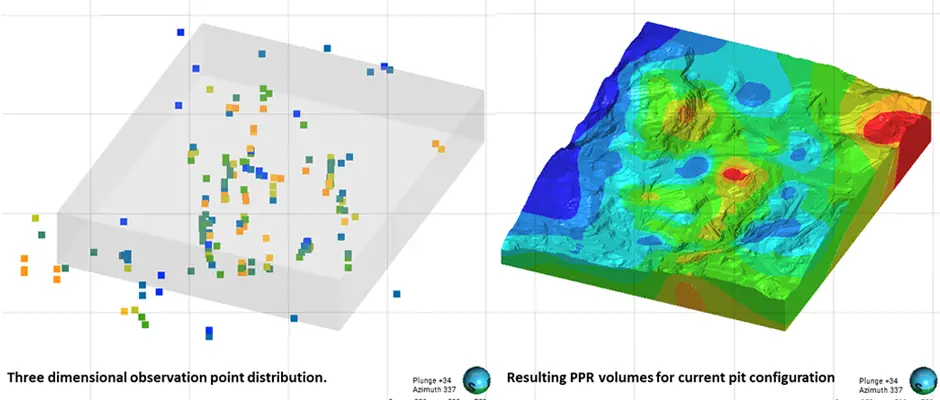The requirement for robust and accurate pore pressure representation in slope stability evaluation becomes clearer as the number of operational mine sites with pore pressure monitoring data and accompanying numerical groundwater models increases.
This presentation describes a proposed methodology to interrogate the reliability of previously constructed 3D numerical models before commissioning slope depressurization plans. The objective is to implement an intermediate step between numerical modeling and geomechanical design, and by extension the implementation of depressurization programs.
The proposed methodology was developed through the examination of two large open pit case studies where complex 3D numerical groundwater models were used to provide pore pressure inputs to geomechanical models. The first step involved assessing fundamental aspects of the groundwater model construction and architecture (including the boundary conditions, hydraulic stress representation, and flow regimes). The second step entailed grouping calibration residuals (i.e., the difference between simulated and measured hydraulic heads) based on similar calibration behaviors using specially developed data assimilation codes.
While evaluating the groundwater model adequacy geomechanical teams were consulted to gain insights into slope failure mechanisms, pore pressure sensitive zones, and their expected spatial extent. Pore pressure reliability maps and volumes were then generated for both case studies to show where further improvement is necessary on model calibration or where adjustment to model output must be applied when transferring pore pressure data to the geomechanical models.
Authors




